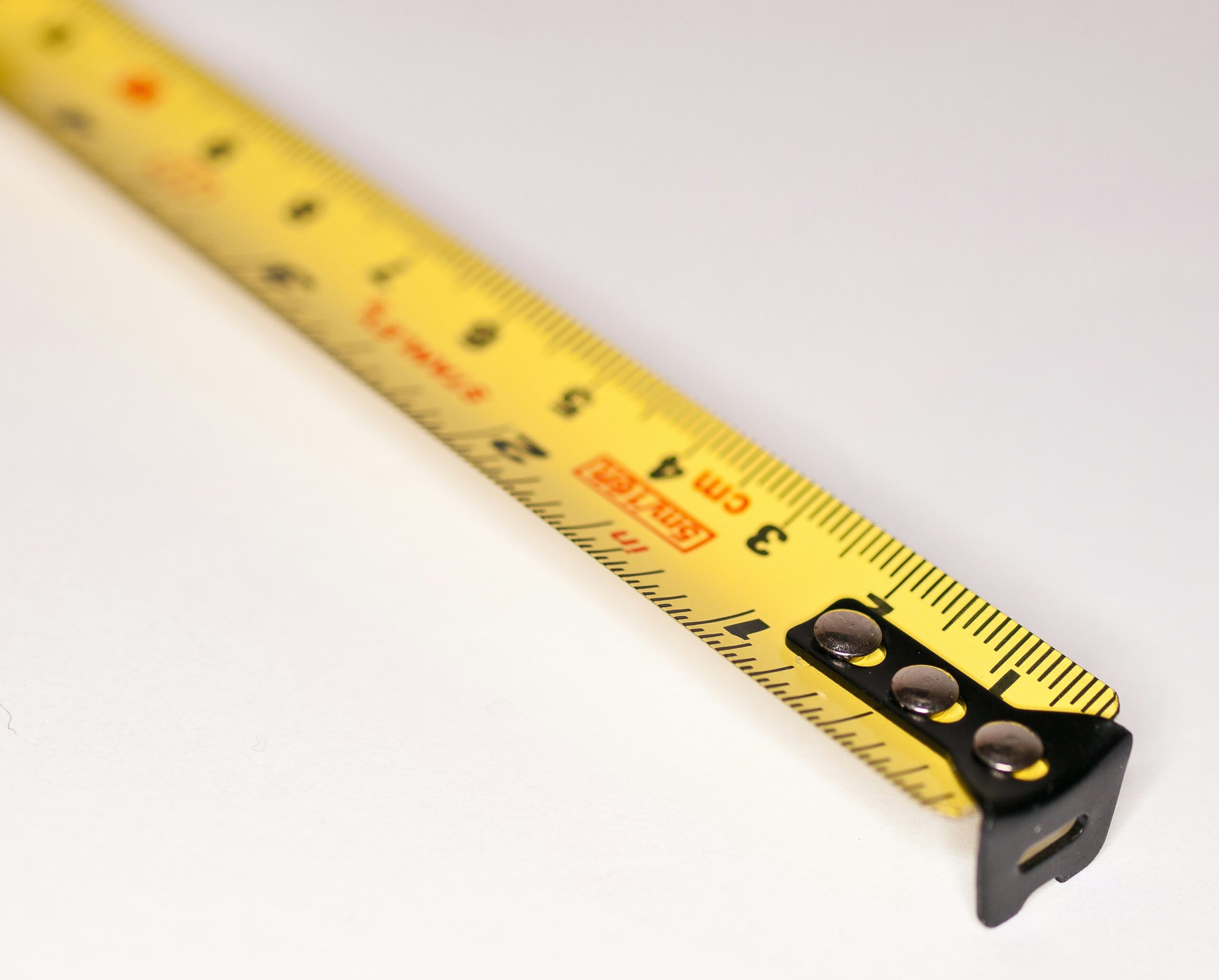A colleague in Arizona told me something that made me set down my coffee. In her market, buyers routinely make an offer, complete the home inspection, and then return to the negotiating table as if the deal were merely a draft. Nothing catastrophic discovered—just a second swing because, well, why not.
Ontario felt very different from 2019 to 2022. Home inspections were unicorns. Many buyers waived conditions to win in bidding wars and only discovered the problems after moving in. It was a costly way to learn what lurks behind drywall.
With inspections back, it’s worth clarifying the rules of engagement. Property issues come in two categories. Latent defects are hidden—foundation cracks behind finished walls, electrical problems buried in panelling. If a seller knows about them, they must disclose. Patent defects are obvious—cracked windows, shingles curling in the sun—and fall under caveat emptor. That framework is not ambiguous.
Over a recent two-week stretch east of Toronto, roughly 170 sales closed “with conditions,” many of them inspections. Most inspections do not uncover catastrophe. They identify maintenance: a loose downspout, tired caulking, a furnace filter older than Instagram. These are chores, not plot twists.
Still, inspections sometimes reopen negotiations. In practice, there are two kinds of comebacks. The first is legitimate discovery: an expensive surprise no one anticipated. In one case, an inspector found clogged gutters heading into winter, raising the risk of water damage. The buyer asked for a price adjustment or a repair. The seller chose to fix it. That’s grown-up problem-solving.
The second is the power play: leveraging trivial items to demand major concessions. I’ve seen a buyer claim “weeping tile issues” to justify a $40,000 reduction. In that instance, the facts ended the discussion—I had previously owned the home and had already replaced the drain tiles. Negotiation has limits when evidence enters the room.
When a buyer returns after inspection with new demands, four questions should guide a seller’s response.
First, motivation: are you moving no matter what, or are you testing the market? Urgency shapes strategy.
Second, materiality: was a real, previously unknown defect uncovered? A dead furnace is not the same as a scuffed banister.
Third, intent: are the concerns real, or is this brinkmanship masquerading as due diligence?
Fourth, efficiency: is it cheaper and cleaner to perform the repair yourself than to renegotiate the price?
Most post-inspection talks aren’t bad-faith. They’re awkward attempts to rebalance risk. But ultimatums—“drop the price or we walk”—tend to poison the well and rarely produce better outcomes for either side.
A recent file shows the saner path. After a townhome sold, the buyer’s agent flagged aging caulking around windows and doors noted in the report. The seller spent under $300 to address it. No theatrics. No scorched earth. The deal landed softly because reason won.
The inspection should be a flashlight, not a crowbar. Used well, it clarifies expectations, assigns responsibility, and helps two parties meet in the realm of the reasonable. Used poorly, it becomes performance art—bluster in search of a discount.
Can a buyer renegotiate after an inspection? Of course. The better question is whether they should—and on what basis. A market is healthiest when negotiations are anchored in facts, not gambits. Deals endure when both parties feel the outcome reflects reality, not opportunism.
I’ve spent nearly four decades negotiating these moments. The pattern is consistent: calm beats drama, documentation beats rumor, and repairs beat resentment. The house will stand or fall on what’s actually wrong with it. The rest is noise.
If you are interested in making a move I can be reached at lindsay@buyselllove.ca or 905-743-5555. You can book a no-obligation meeting with me that fits your schedule here.

Leave a Reply